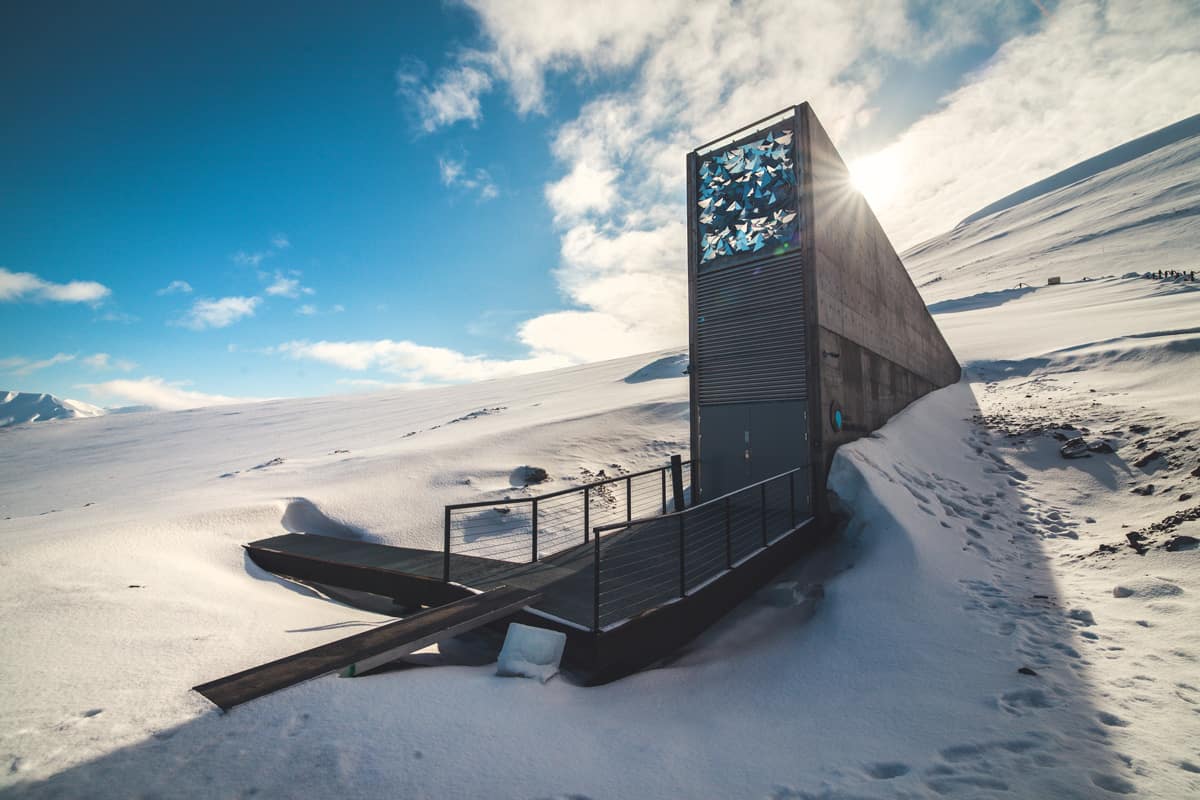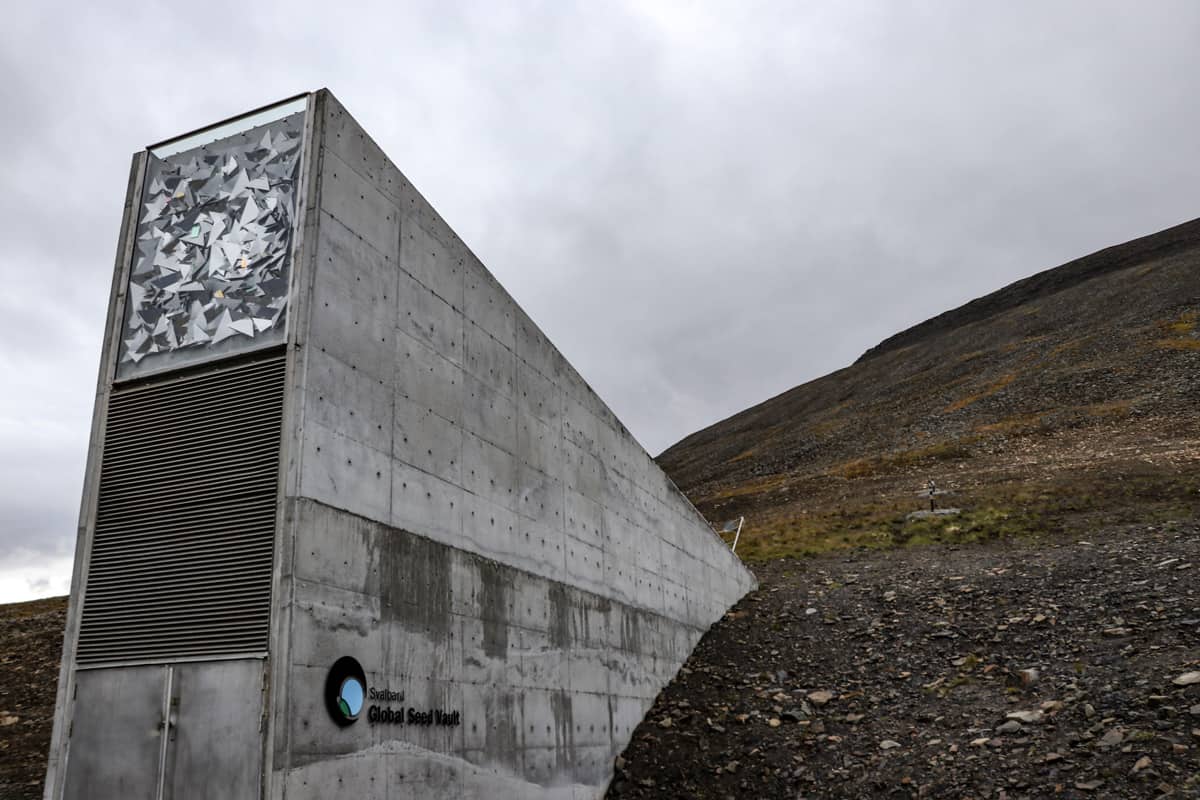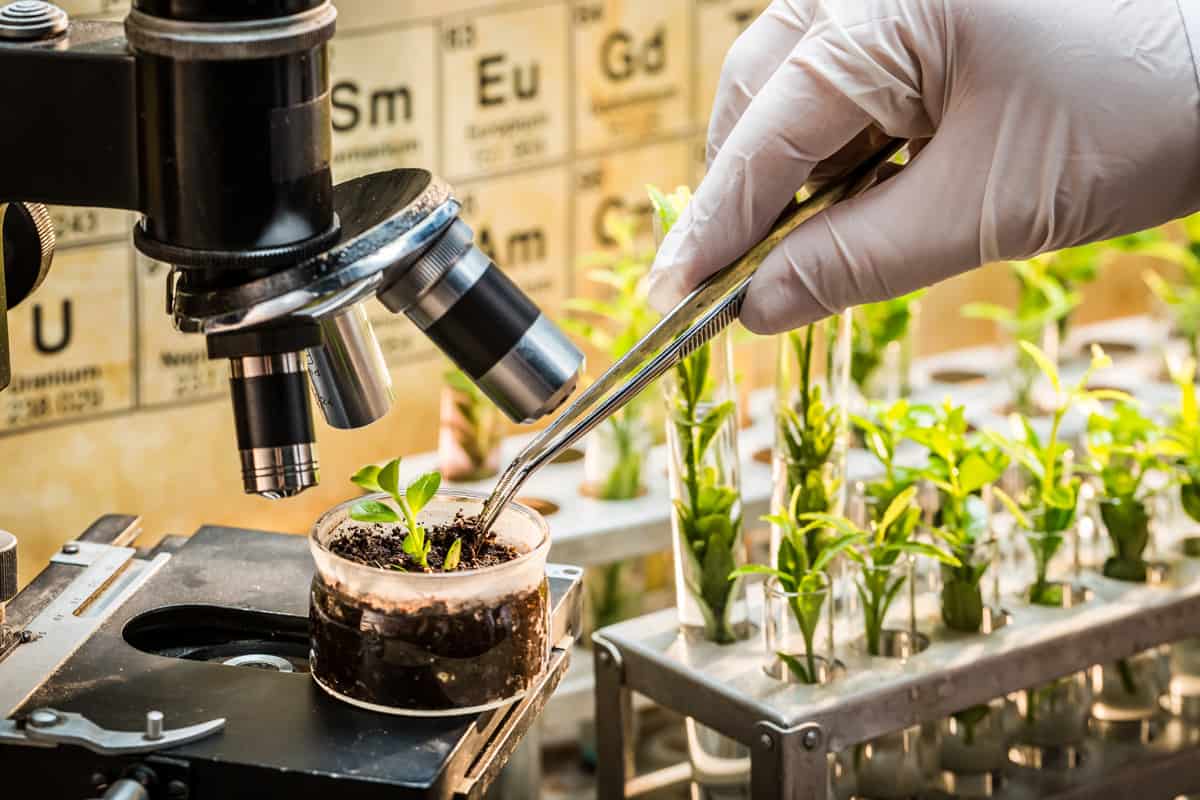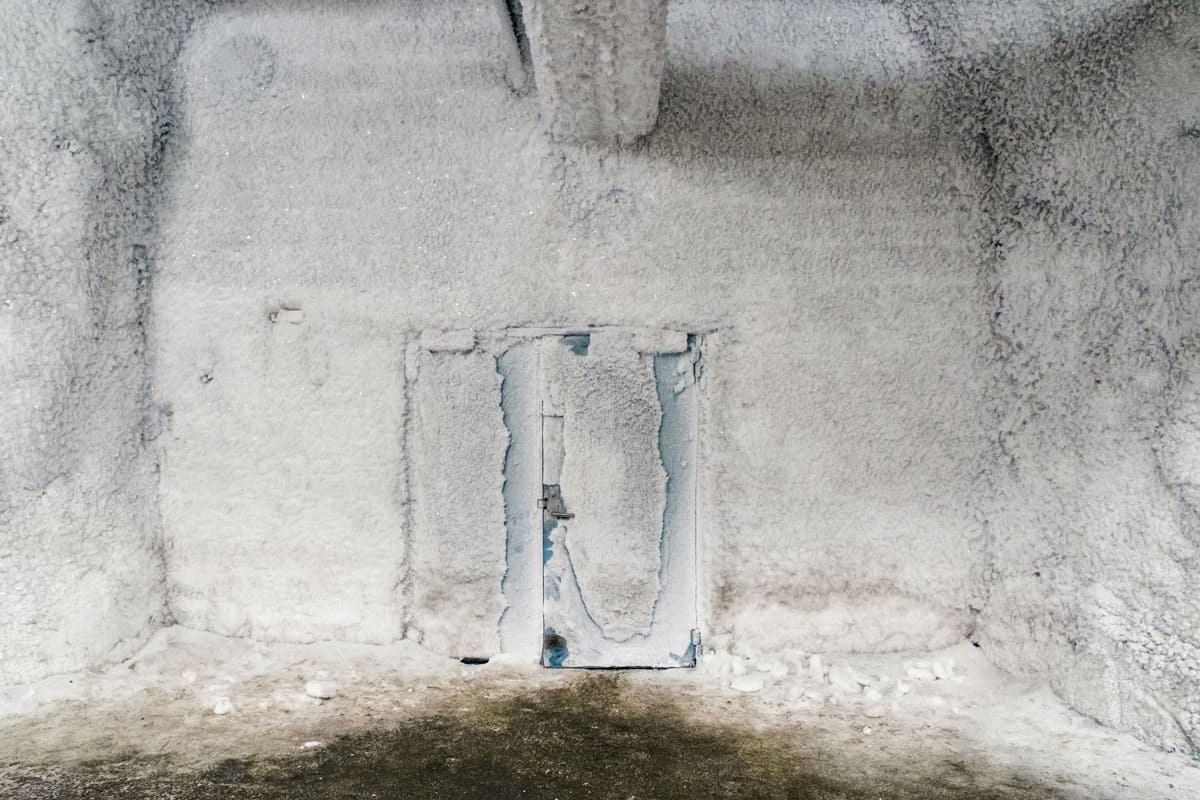This article was reviewed by Steve Snedeker, professional landscaper.
Plants are necessary for life. It provides us with food supply and even medication. But what happens if, one day, all plants on Earth were wiped out? What can humanity do, and how do we survive?
Surprisingly, the world has been preparing for this kind of circumstance. A backup plan in the case that agriculture dies. Did you have any idea?! What do we do about this?
The answer?— A global seed vault.

A facility in Svalbard, Longyearbyen, Norway is considered the most important place on Earth. This Arctic Seed Vault is responsible for storing seeds worldwide that we can use hundreds of years from now.
This 400 square foot room has the capacity to store 2.5 billion seeds (4.5 million varieties of crops). These seed copies served a significant purpose for the entire population. These are seeds we will need most in case all plants die and can no longer provide for our daily lives.
This vault holds the essential key to protecting the plants on our planet, a fundamental aspect of our survival. And so, countries unite in sending their seed samples here.
Every country sends boxes and boxes of the seeds they farm on their land. Yes, even those in conflict with each other or are otherwise closed off from the world.
From the words of Asmund Asdal, a Svalbard Global seed Vault Coordinator in the video, "Even if they are enemies abroad— outside— in this vault, they cooperate."
The Arctic Seed Vault As Earth's Plant Survival Kit
@sejsejlija The Doomsday Vault! #svalbard #viral #foryou #fypp #meanwhileinthenordics #seedvault #norway ♬ In The End - Mellen Gi Remix - Tommee Profitt & Fleurie & Mellen Gi
A catastrophic event where all plants on Earth die may seem unlikely to some. That's why at first thought, it looks like we'll never be able to use the billions of seeds stored in the Global Seed Vault.
However, certain events warranted the use of some of the seeds stored in this vault.
But when did this ever happen? The plants in the world were never completely erased, so how?

Plant diversity and agriculture on Earth don't have to be completely wiped out before the seeds are sent. Most times, when there's a threat to plant diversity in a country, the seed vault lends a hand.
As Asmund Asdal guides us in the Global Seed Vault, he reveals the critical use of the seeds stored in this facility. He points out the empty boxes in Aleppo, Syria, which makes us wonder why it doesn't contain anything inside.
Aleppo, Syria, sent seeds to the Arctic Vault in 2008. But what emptied their seed box inside the vault proves that this facility holds great purpose even in the absence of a catastrophic event where all plants die.
Aleppo's gene bank saving and storing their seeds was once ruined, an event that would have otherwise endangered their agriculture.
And so, when that happened, the seeds they sent in 2008 were all sent back to them, helping them create a new gene bank. Ultimately, the seed vault has helped them safeguard their country's agriculture. How cool is that?
"If they had no backup here, the seeds would have gone extinct," says Asdal during the seed vault tour.
From all these, we can already see how much of important facility this vault is; a backup plan of sorts that won't fail us.
TikTok user, @sejsejlija, gives us a closer look at the facility as well. She lives on Svalbard!
@sejsejlija Reply to @tracymachelle #svalbard #globalseedvault #foryou #viral ♬ original sound - Cecilia Blomdahl
Seeds With A Future: How The Global Seed Vault Aids In Plant Breeding
The Svalbard Global Seed Vault's purpose does not end with safeguarding the future of Earth's plant life. It also serves as storage for plant genetic information we can use and innovate for agriculture.
The seeds here are ultimately used also to make new kinds of crops. Just imagine, in this vault lies 13,000 years of agricultural history of the Middle East, which we also use to improve the plants we have today.

Like Asdal says in the video, "Without this material, plant breeders (and) agriculture would never manage to feed the growing population."
In this vault are 70,000 different barleys, 150,000 rice samples, and 140,000 variations of wheat. Consider what the researchers could do to investigate the genes of all these old varieties to develop new plants. These plants can then increase the food supply across the globe.
Agriculture becomes truly limitless in this vault.
Preparing For A Catastrophe: How Does The Global Seed Vault Preserve Plant Life?
After all this information about why the Arctic Seed Vault is arguably the most important place on Earth, endless questions also enter our minds.
Is there an assurance that seeds here will thrive even after years and years of storage?
And, how sure are we that the seeds stored have enough protection?
An assurance that nothing will happen to the treasured seeds is necessary for a facility as important as this.
As for security against conflicts and possible war from different countries, the location of the Global Seed Vault aids in ensuring the seeds' protection. Svalbard is far from most countries, so the chances of the vault getting affected by conflicts are low.
Meanwhile, the seeds need a very cool temperature for storage to survive decades or even centuries. That's why it maintains different cool temperatures, ranging from 23° F to 0° C.

But, even when this cooling system fails, the seeds are still safe as the vault is deep down the mountain. Specifically, it's in the permafrost part of the rocks, providing the temperature the roots need.
The Arctic Seed Vault As The Biggest Seed Storage We Never Want To Empty
In the end, there's only one conclusion we can all agree on. The seedboxes containing billions of seeds in this vault are ones we never wish to use until the last piece.
Why?
Because this only means one thing— agriculture and plant life didn't thrive, we desperately need to empty the vault.

Please remove me from your mailing list
Please click UNSUBSCRIBE when you get our newsletter. Thanks!